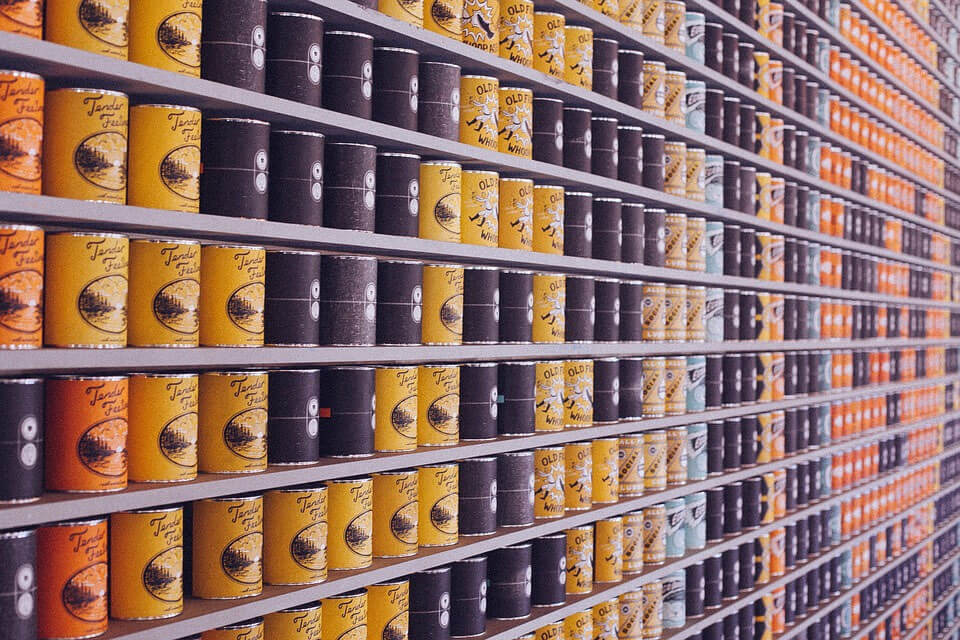
By: B&Company Vietnam
Reports & Publications
Comments: No Comments.
28-03-2015
It is more and more popular to have canned food on the dining table. Though the market size of canned food in 2014 remained small with only 670 billion VND (equivalent to 32 million USD), but the growth rate increased by 12.2% compared to the previous year and even higher than the 7.3% growth rate of the entire food industry.
In 2017, the market size is expected to reach 930 billion VND (equivalent to 44 million USD). Along with the development context, life gets busy inevitably, the variety of canned foods also get diversified to meet wider needs. Previously we have pâté, minced meat, fish in oil, but recently, the types of canned meat cooked with vegetable types, such as fish with tomatoes or herbs, have been increasingly popular.
In terms of food categories, canned fish and seafood dominate with a proportion of 55%, followed by canned fruits and vegetables. The canning industry has developed especially along with the export of fishery products, with main clients are Western countries with stringent requirements for quality.

Main players, including Vissan and Halong Canfoco with 29% and 13% of the market share respectively, used to be state-owned companies, but now has restructured in the privatization direction. In terms of geographical region, Vissan dominated 38% market share in the South, while Halong Canfoco accounted for 47% in the North (2013). However, due to the competition against imported goods and companies with foreign investment, the market share of domestic manufacturers tends to subside.
Imported goods from European countries, Malaysia, etc. accounted for 30% of the market share. Despite their higher prices than domestic goods, they nonetheless created an impression of the premium quality. For example, the Ayam product line of Malaysia with more than 10 types of canned fish is sold at the 15% higher than domestic goods. Later on, when the tariff deducted to 0% under the effect of the “ASEAN Trade Agreement”, the market is expected to expand even further.
On the other hand, more and more manufacturers tend to expand the factories, looking for new raw materials and cheap labor resources. Royal Foods (Thailand), with 10% of the market share (2013) after 10 years penetrating the market, while already own a factory in Tien Giang manufacturing canned fish with the annual productivity up to 73 thousand tons, is currently in the construction phase for a new plant in Nghe An with the investment capital of 25 million USD, and annual output is expected to reach 36 thousand tons. Pataya Company, which is famous for canned fish in tomato sauce and being a Thai enterprise as well, is expanding its factory in Can Tho with the investment capital of 12 million USD in 2000.
Japanese firms have usually chosen the production site as Thailand, but recently Vietnam and Indonesia has also attracted the attention. In April 2014, Maruzen conducted its beverage production in Binh Duong. The foreign investment flow into Southeast Asia has reached over 100 million USD, toward the construction of most advanced factories. In Binh Dinh, the project of a Japanese fish canning factory is progressing well. Vietnam is likely to become the major export for Japan.
The canning industry of Vietnam has anticipated a strong growing rate in the future, but at the same time has to face the competition against other Southeast Asian countries. In addition, with attractive market and production conditions, more and more foreign companies makes the entrance into the market, the increasing competitiveness among domestic enterprises is inevitable. Or else, collaborative transportation will need to be focused in the future.
B&Company – Ohta Shigemasa

